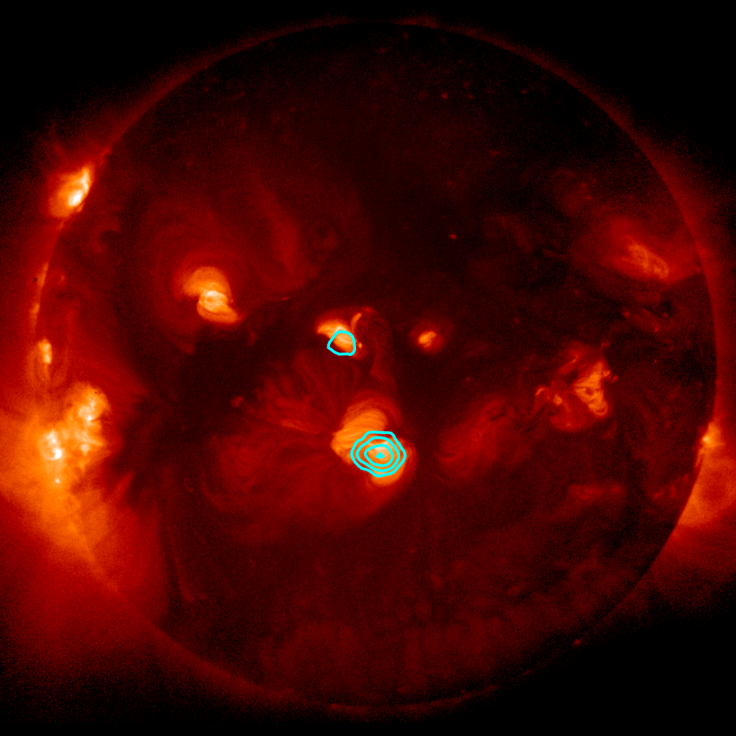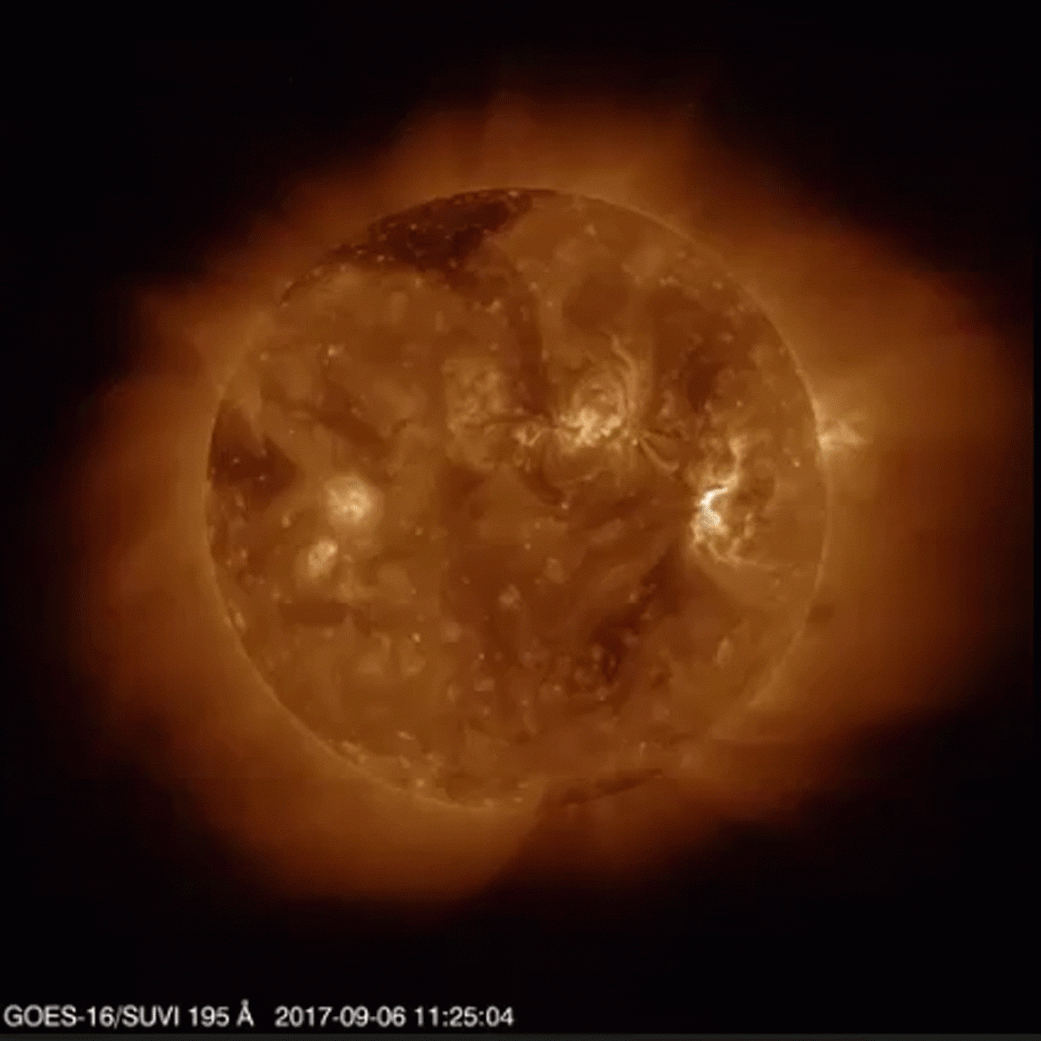Nasa releases images of intense solar activity as seen from space
September 2017 has seen some of the most intense solar activity in this solar cycle.

September 2018 saw a lot of solar activity in the form of flares- 31, according to Nasa. There were 27- M class and four X-class flares as well as a number of coronal mass ejections (CME) between 6 and 10 September. The space agency has released select pictures of the events from various space- based missions.
Solar flares are bursts of radiation categorised from A, the smallest which then gradually gets more and more intense with B, C, and M classes. X-class flares are the largest and most powerful, says Nasa. CMEs are massive clouds of solar material that are ejected from the sun's surface at incredible speeds.
All the activity recorded in September originated from one active region that is growing fast and is an area of magnetic fields that are both intense and complex. It has travelled along with the sun's natural rotation.
There are several missions and instruments pointed at the sun, studying and reading it with a goal to better understand "space weather". This includes the harmful effects of bursts of radiation from the sun that can be powerful enough to interfere with communications including GPS signals. CMEs, on the other hand, might cause powerful geomagnetic storms on the Earth's magnetic field.
Observatories that watch the sun do so in different wavelengths of light, each of them revealing unique structures and dynamics of the sun's atmosphere.
The National Oceanic and Atmospheric Administration's (NOAA) Geostationary Operational Environmental Satellite-16 (GOES-16), is focussed on the sun's upper atmosphere –the corona – at six wavelengths. On 6 September, GOES-16 captured an X9.3 class flare (9.3 times more intense than an X1 class flare) which is reportedly the biggest recorded flare in the current 11-year solar cycle.

Nasa's Solar Dynamics Observatory (SDO) watches the sun's corona at 10 different wavelengths. The below image has been shot at what is described as extreme ultraviolet light. Solar materials depicted are heated to over 1 million degrees Fahrenheit.

Hinode, a project for which Nasa has collaborated with the Japan Aerospace Exploration Agency (JAXA), captured this image on 8 September 2017. It is an X8.2 class flare. This is reported to be the second most intense flare this cycle and was captured using an X-ray telescope. This flare also erupted from the same region that the X9.3 flare came from.

The Solar and Heliospheric Observatory (SOHO), operated by ESA and Nasa made use of a coronagraph to track solar activity. The images were captured between 9 and 10 September. As the CME expands beyond the observatory's field of view, a flurry of snow like particles floods the frame. They reportedly travel at near light speeds ejected out from the sun.

Interface Region Imaging Spectrometer (IRIS) from Nasa observes the lower levels of the sun's atmosphere, called the interface region. This region feeds material into the corona's solar winds. The material that seems to be swimming down back to the sun's surface after being shot outward are called "supra-arcade downflows". This image was captured during the X8.2 flare.






















